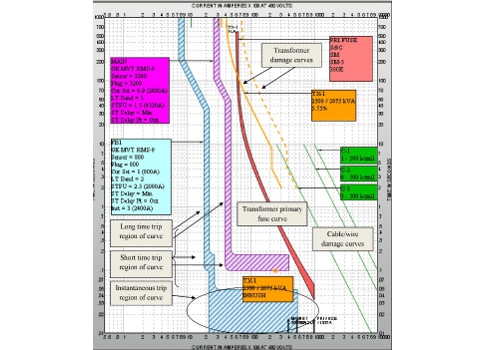



These are generally classed in two groups: early (those by Daityari Thakur, Bhusan Dwija, Ramananda Dwija and Vaikuntha Dwija) and late ( Guruvarnana by Aniruddha Das, the more than one anonymous Katha-guru-carits, Bardowa-carit, Sankardev caritra from Barpeta, the Saru-svarga-khanda and Bar-svarga-khanda by Sarvabhauma). The religion he preached is practiced by a large population, and Sattras (monasteries) that he and his followers established continue to flourish and sustain his legacy.Īfter the death of Sankardev, Madhavdev incorporated narrations of his life in prayer services, a practice that was followed by his apostles, and in due course of time a large body of biographical literature arose. His literary and artistic contributions are living traditions in Assam today. His influence spread even to some kingdoms as the Matak Kingdom founded by Bharat Singha, and consolidated by Sarbananda Singha in the latter 18th century endorsed his teachings. Sankardev inspired the Bhakti movement in Assam just as Guru Nanak, Ramananda, Namdev, Kabir, Basava and Chaitanya Mahaprabhu inspired it elsewhere in the Indian subcontinent. The Bhagavatic religious movement he started, Ekasarana Dharma and also called Neo-Vaishnavite movement, influenced two medieval kingdoms – Koch and the Ahom kingdoms – and the assembly of devotees he initiated evolved over time into monastic centers called Sattras, which continue to be important socio-religious institutions in Assam and to a lesser extent in North Bengal.

Besides, he has left an extensive literary oeuvre of trans-created scriptures (Bhagavat of Sankardev), poetry and theological works written in Sanskrit, Assamese and Brajavali. He is widely credited with building on past cultural relics and devising new forms of music (Borgeet), theatrical performance (Ankia Naat, Bhaona), dance (Sattriya), literary language (Brajavali). Srimanta Sankardev (1449–1568) was a 15th–16th century Assamese polymath a saint-scholar, poet, playwright, dancer, actor, musician, artist social-religious reformer and a figure of importance in the cultural and religious history of Assam, India.


 0 kommentar(er)
0 kommentar(er)
